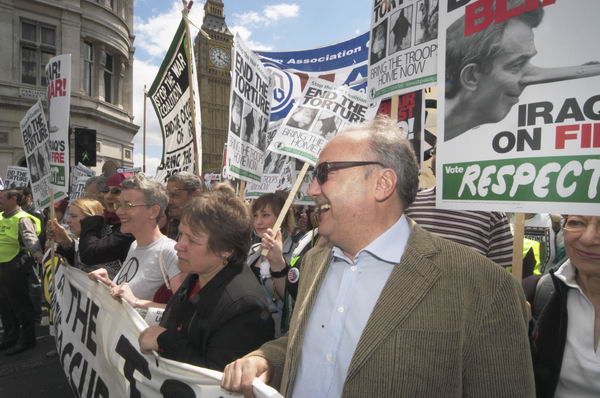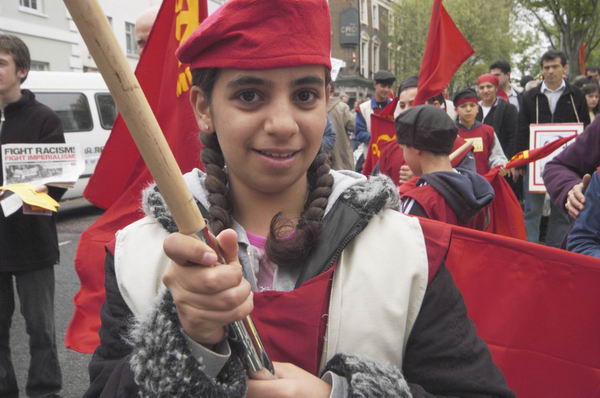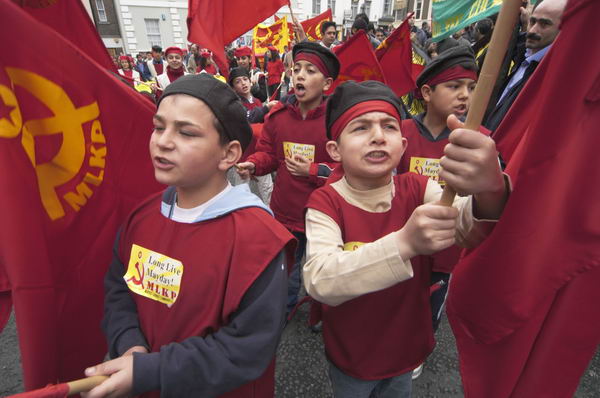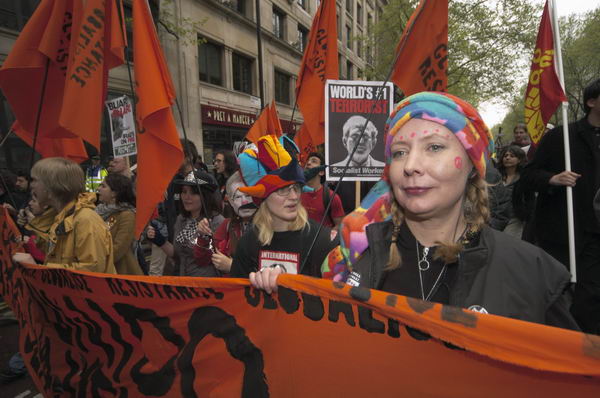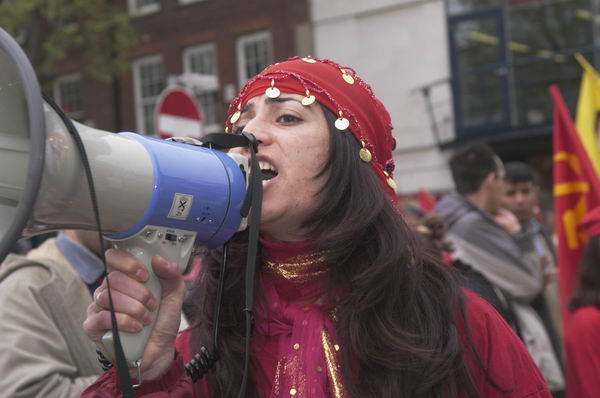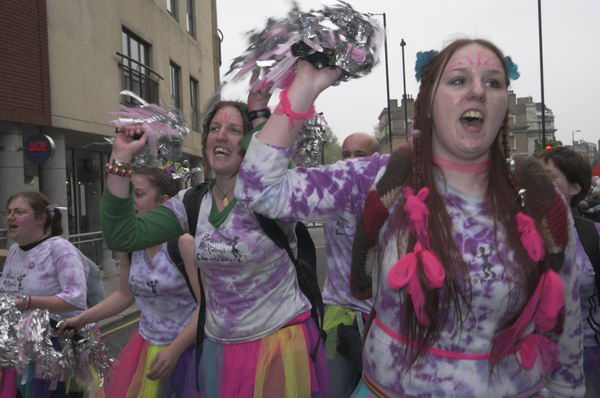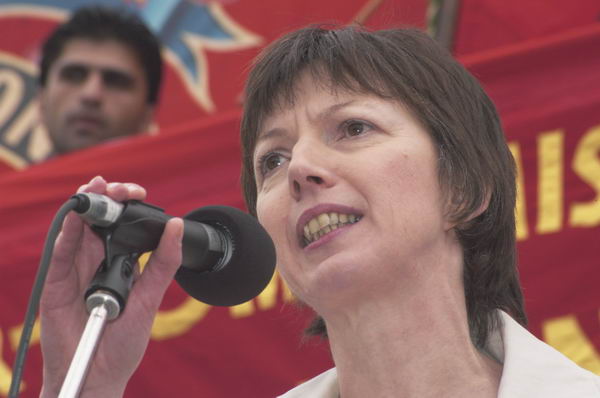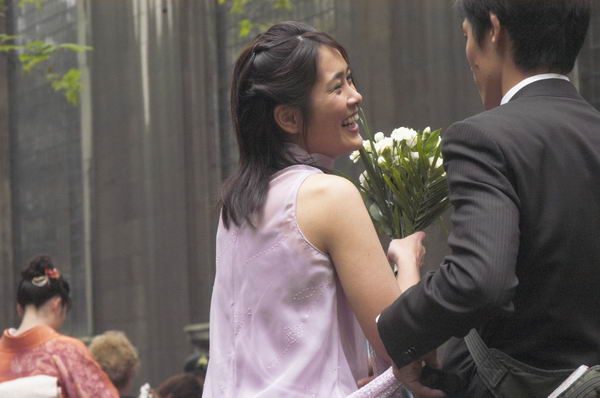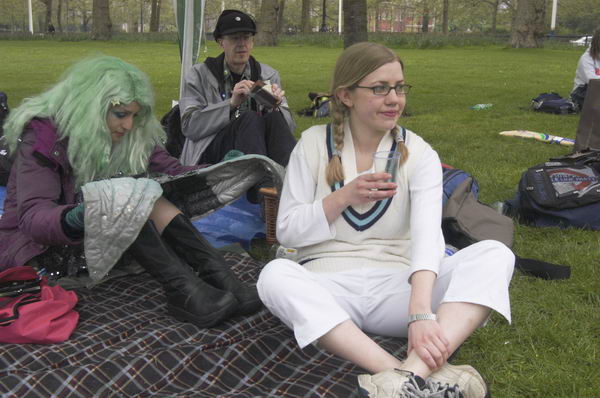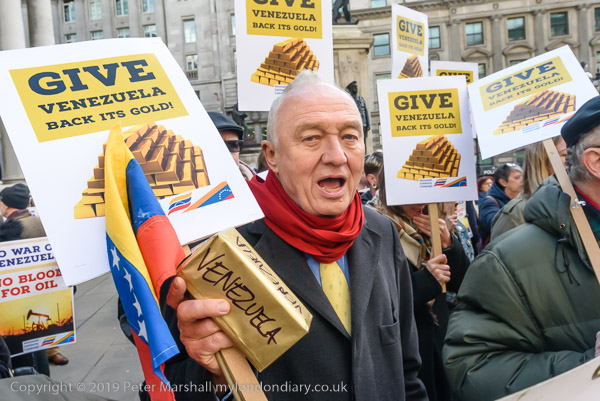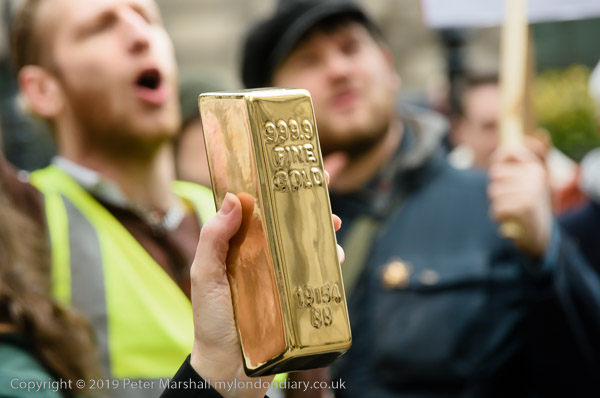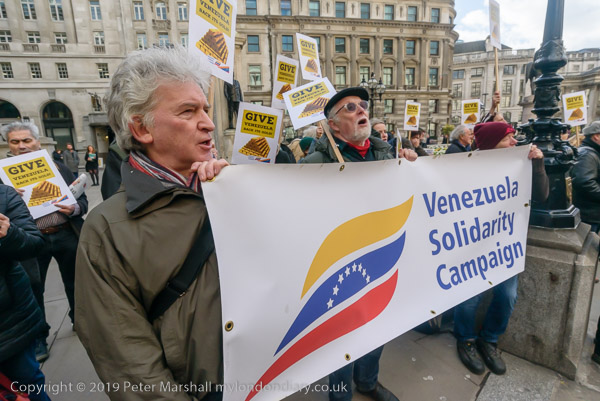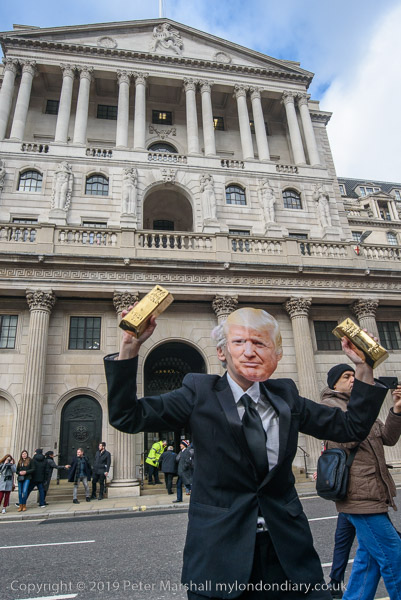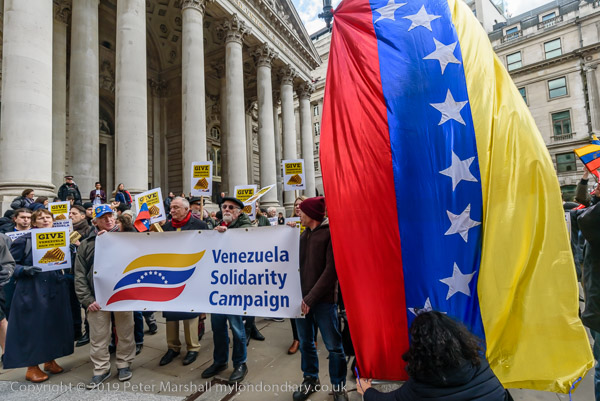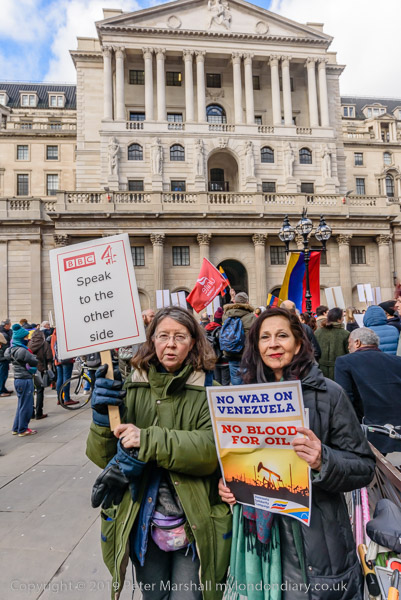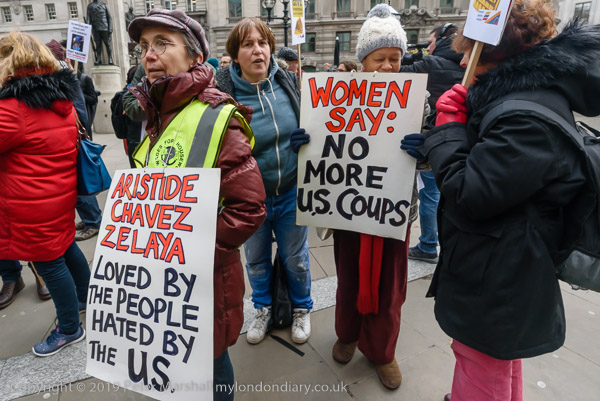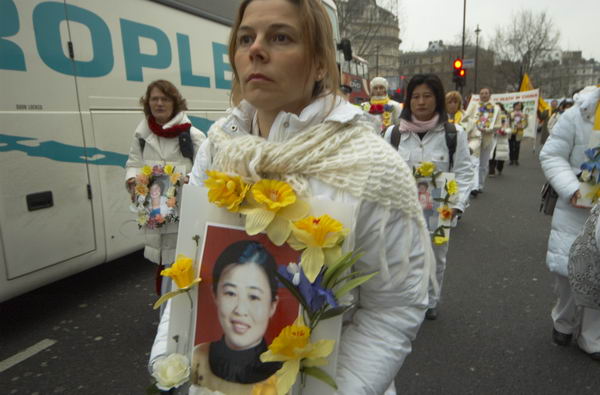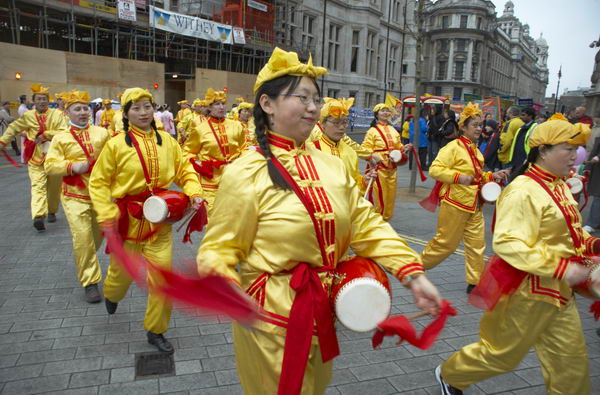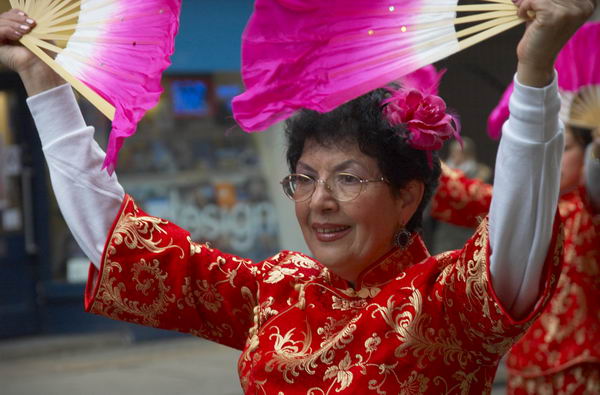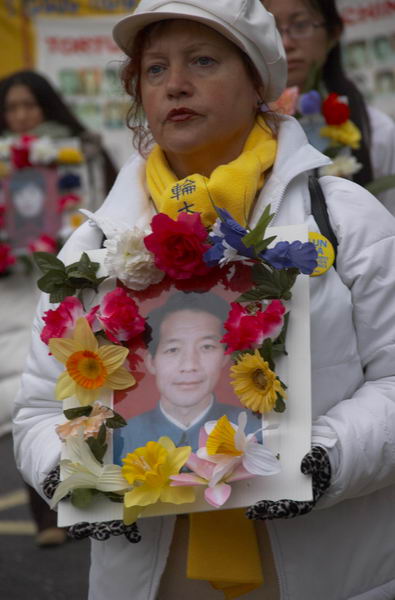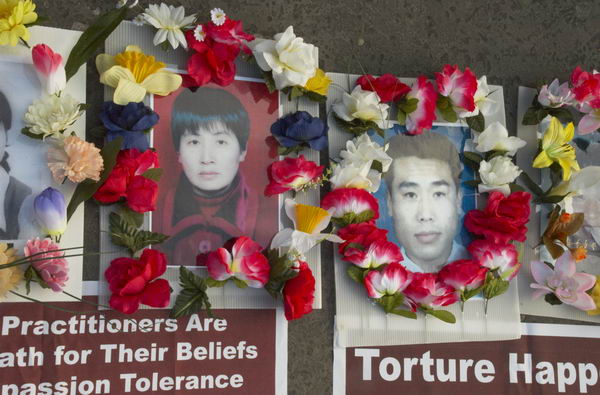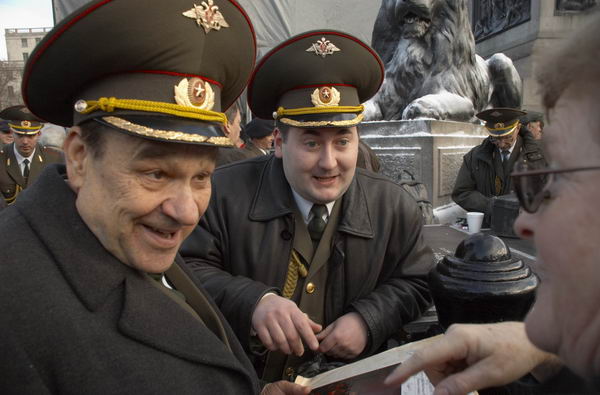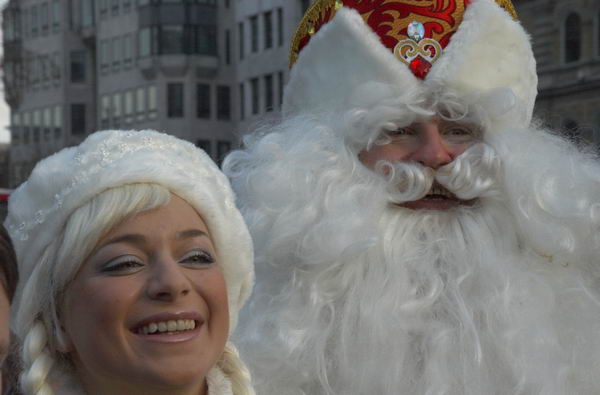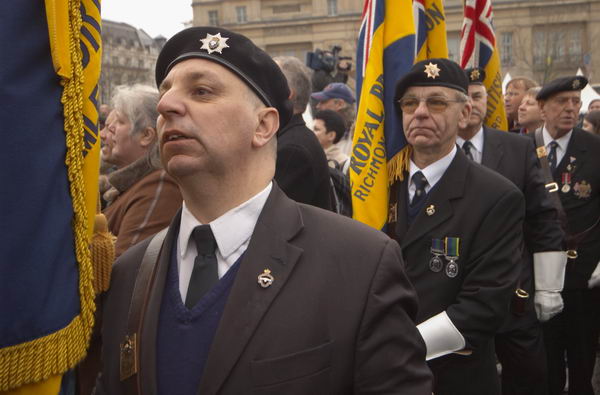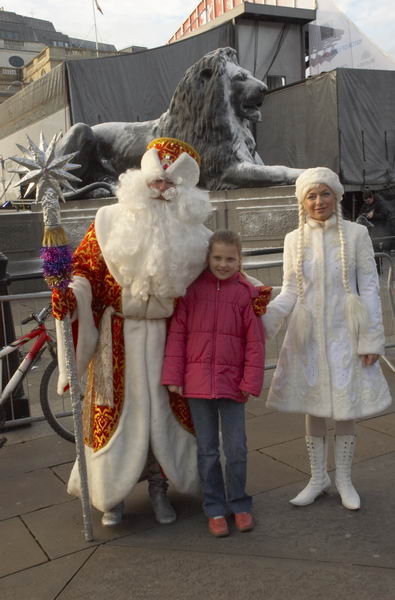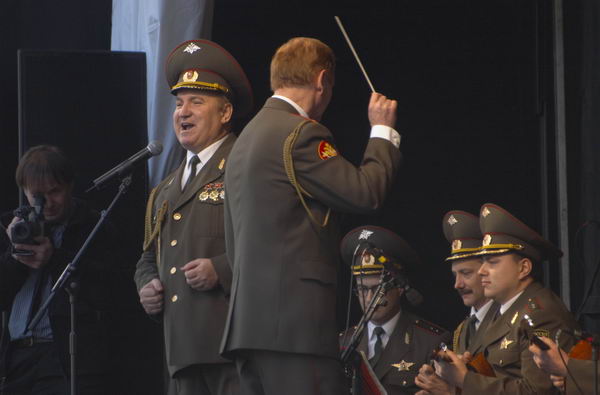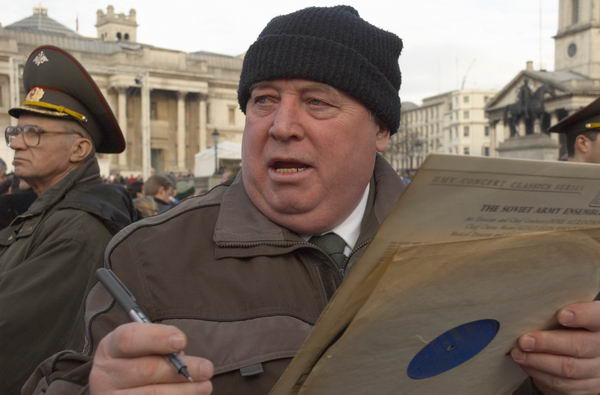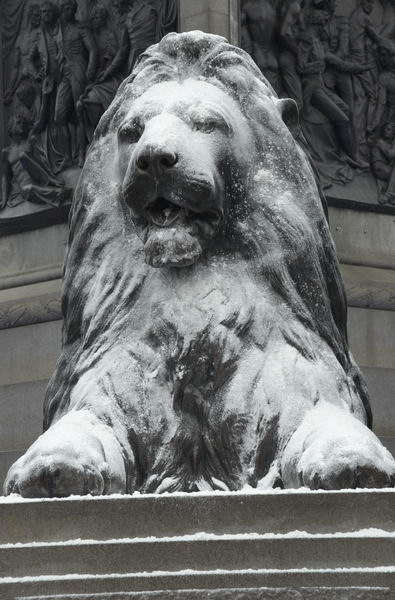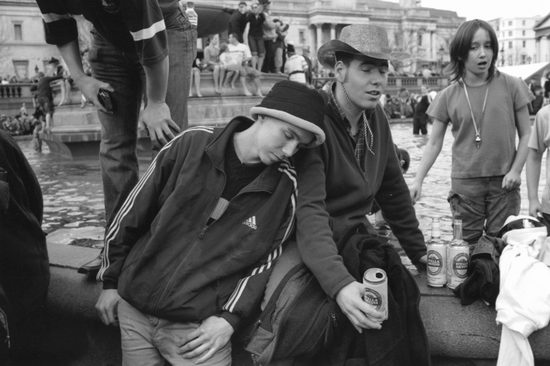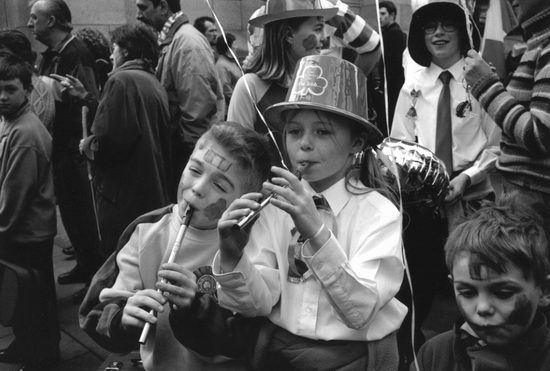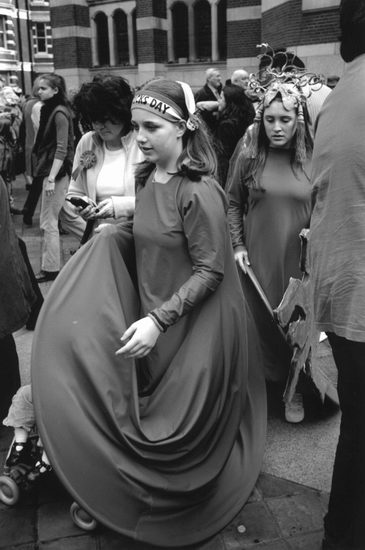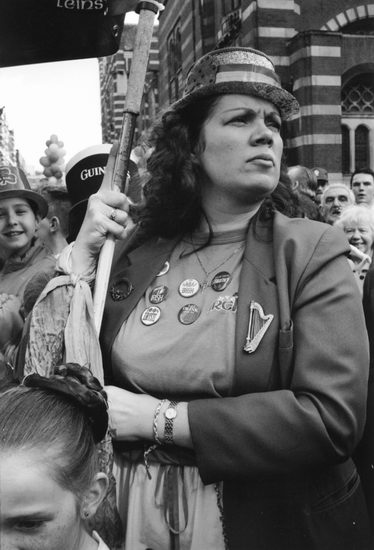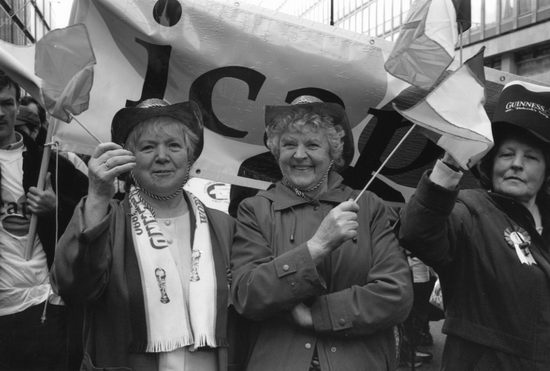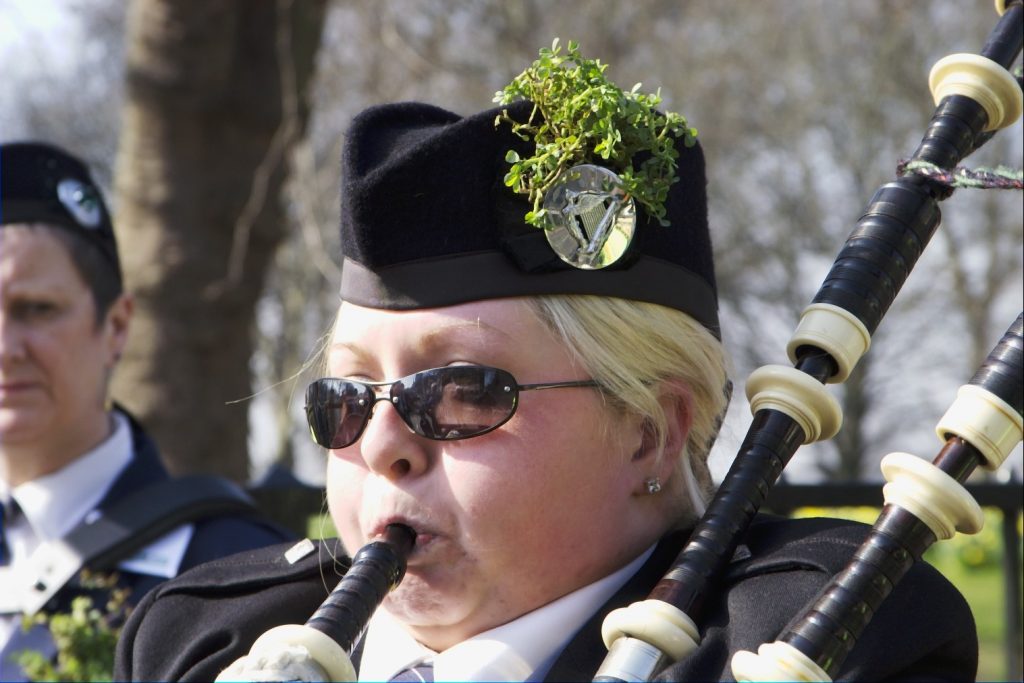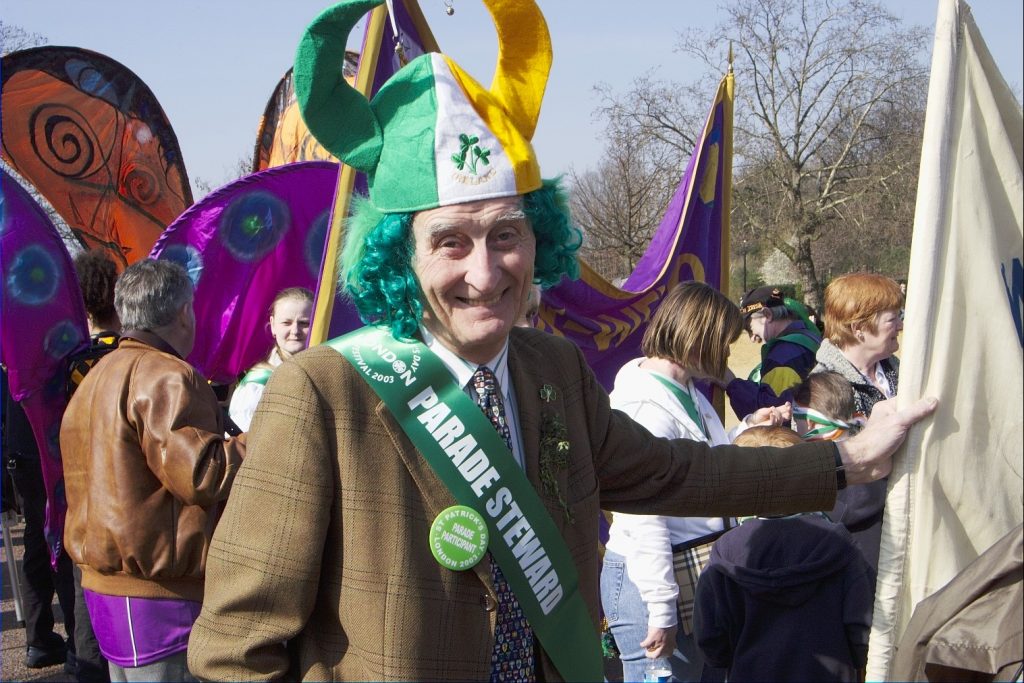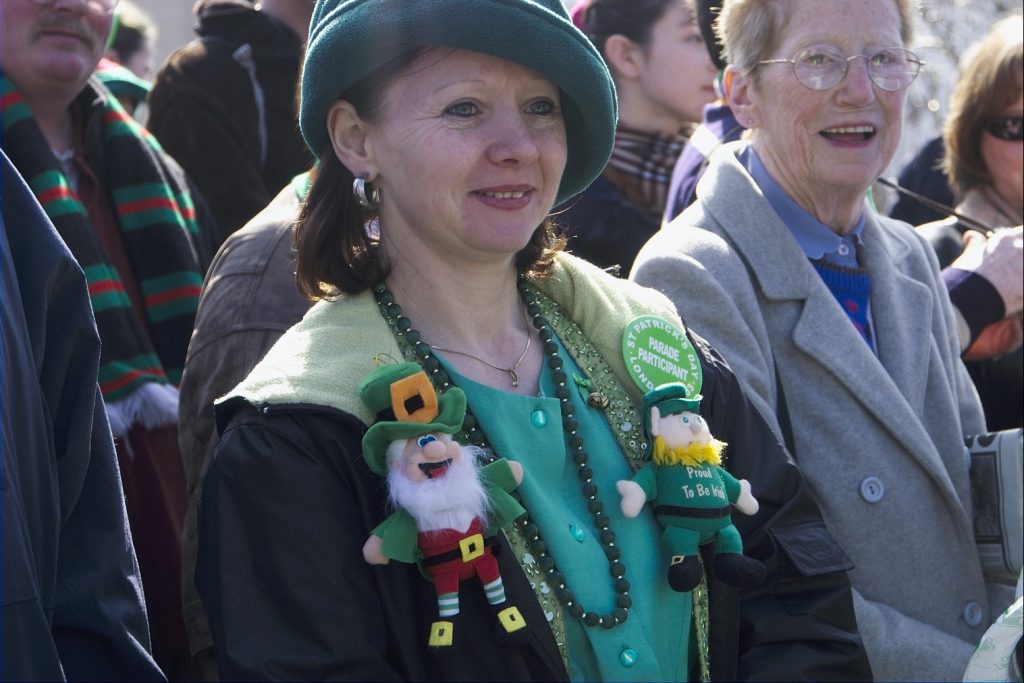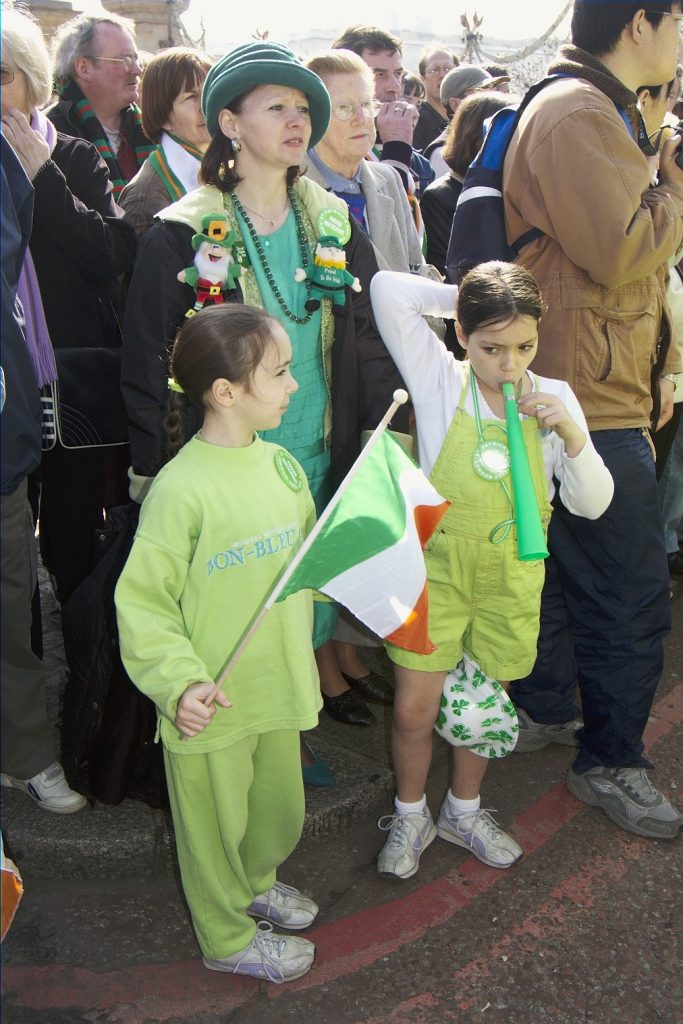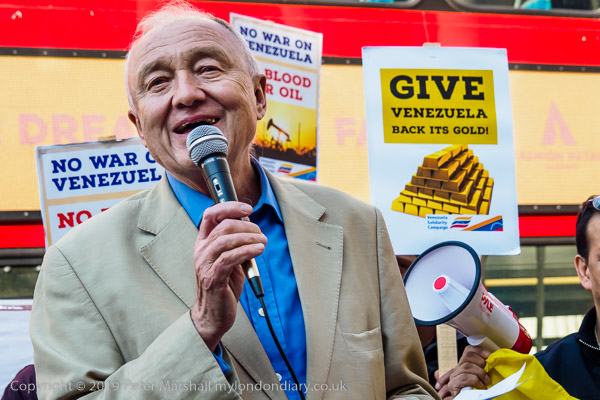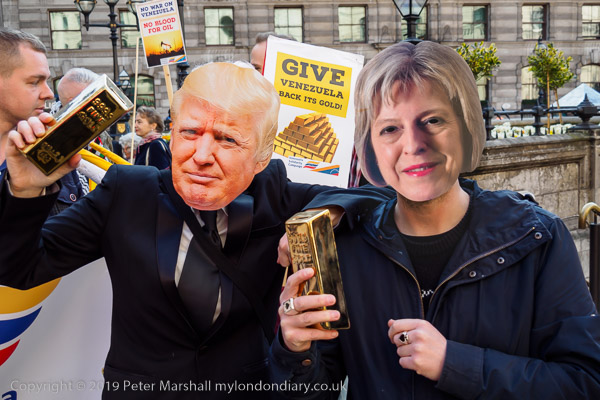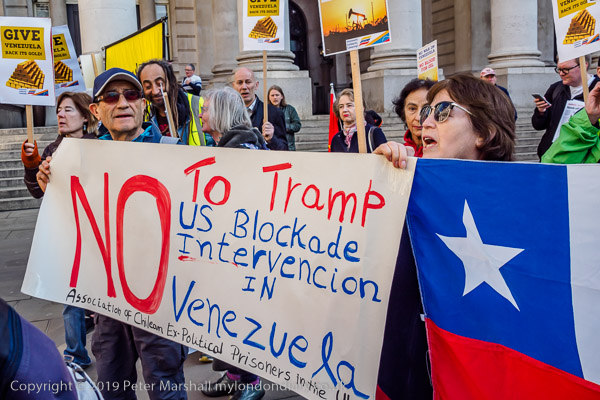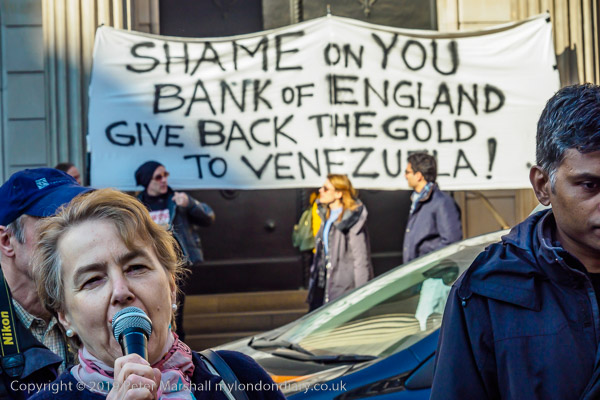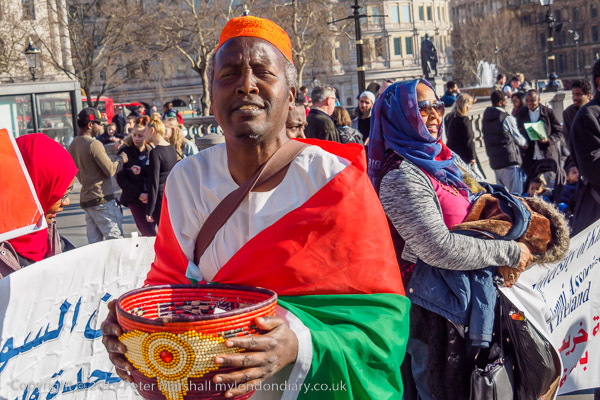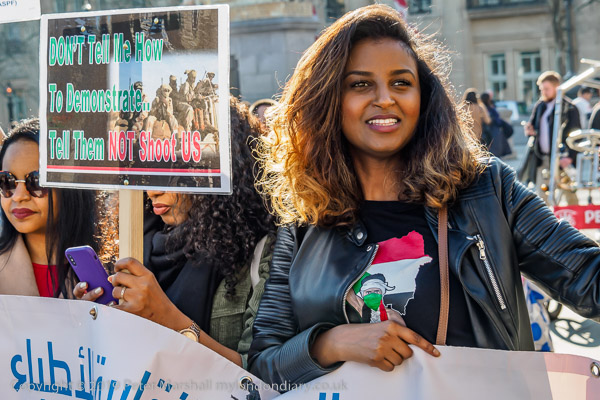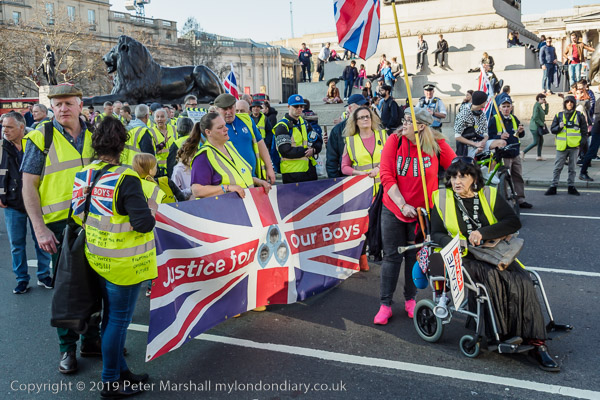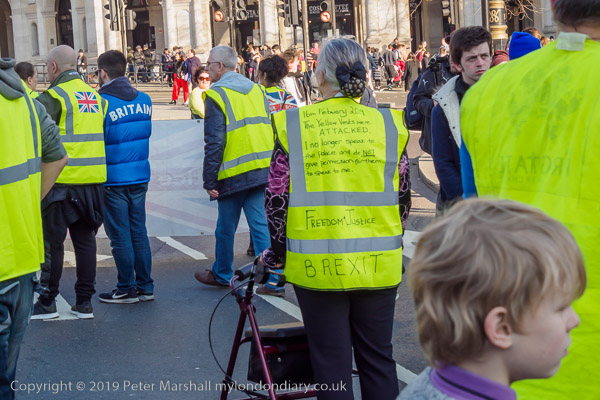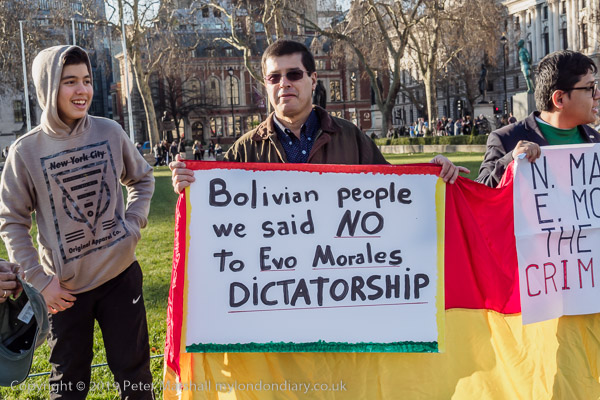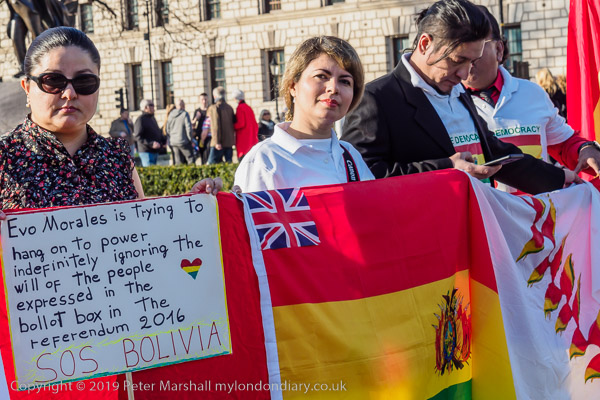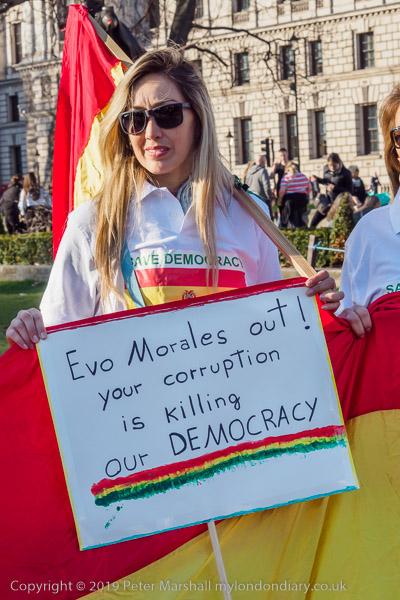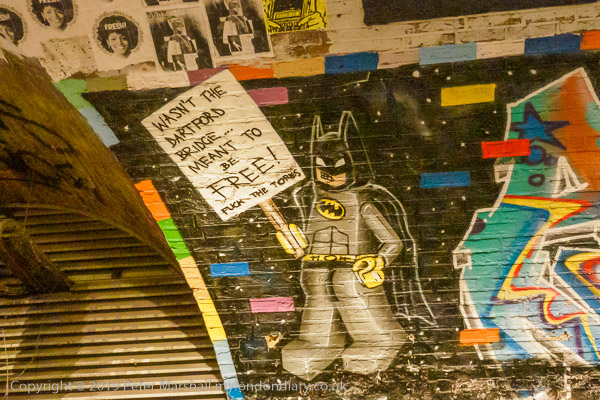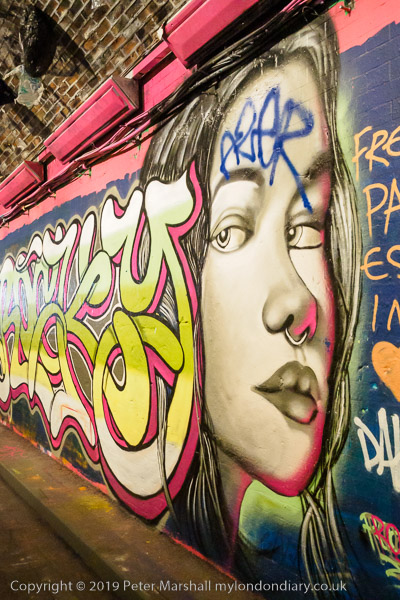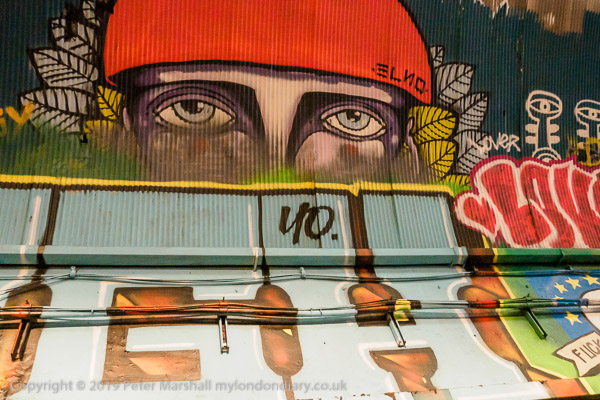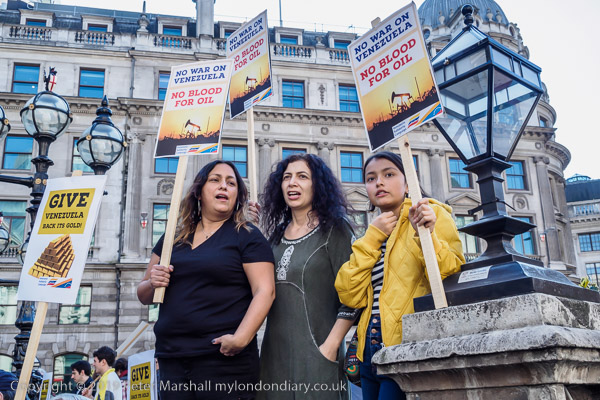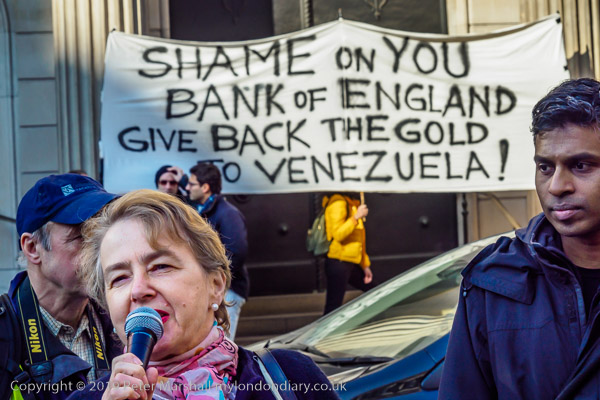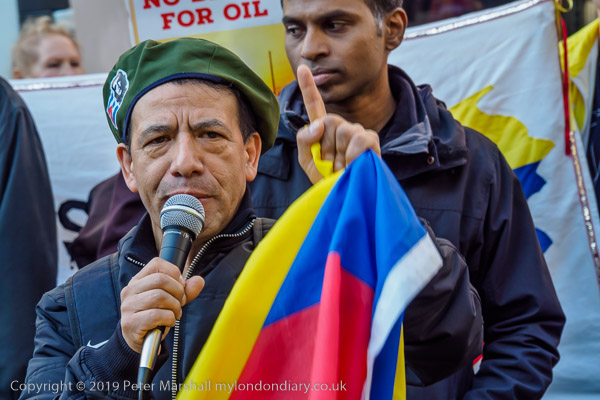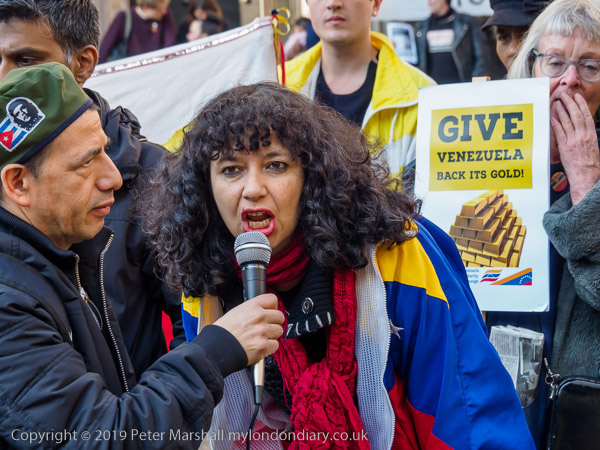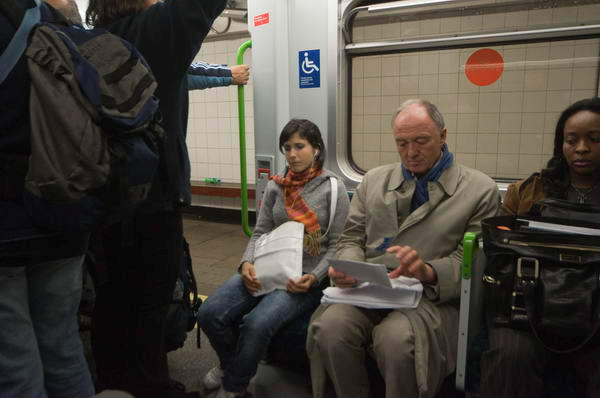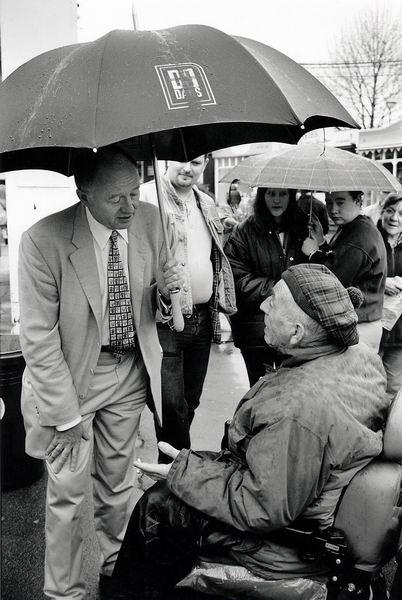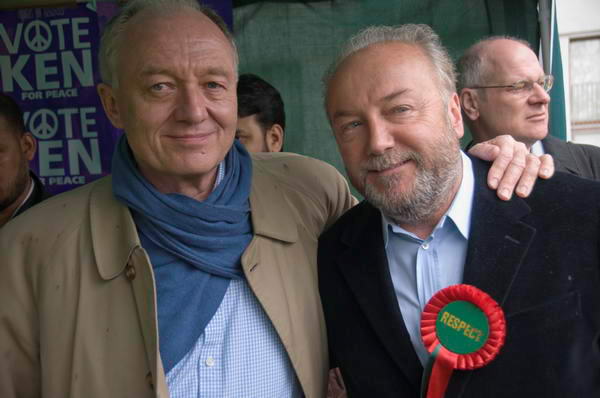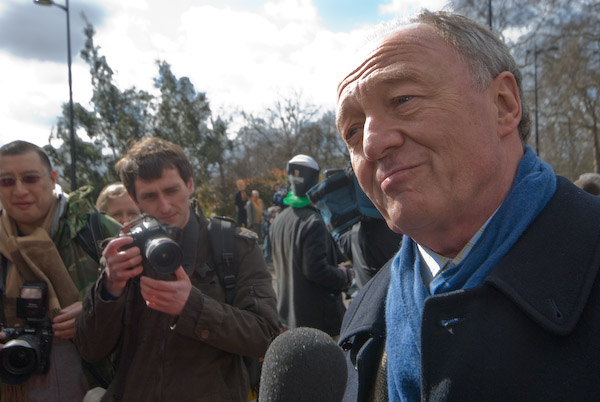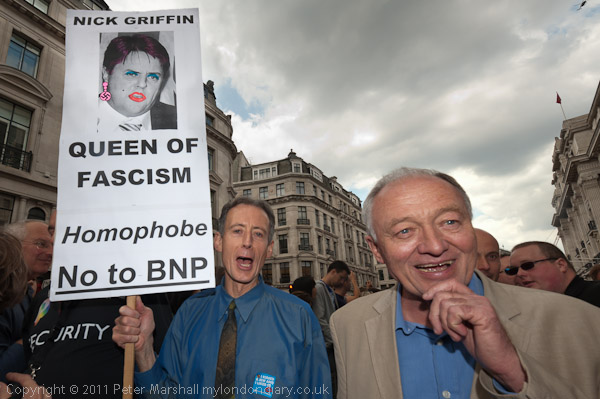Chinese New Year – Soho: On Sunday 13th February 2005 I went to Soho to photograph the Chinese New Year Parade and festivities in Soho’s Chinatown. It wasn’t quite the last time I photographed the event, but was the last time I tried to cover it seriously – the following couple of years I did go and take a few pictures in Soho, but 20 years ago this was my last major coverage, and the piece I wrote for My London Diary explains why.

Like all of my posts at the time it was published without capitals and separated from the pictures which accompanied it, making it rather less accessible. It had made some kind of sense when I started the site around 2000, but as I began to put longer articles and more pictures on line the site was in need of a redesign, which I finally got around to in 2007-8.

Ken Livingstone, the leader of the Greater London Council from 1981 until its spiteful abolition by Margaret Thatcher in 1986 leaving London without effective overall government for 14 lost years had beaten the Labour Party and the Tories to become Greater London’s first Mayor, running as an Independent in 2000, and London began to come together again.

The success of his first term in office led to him being adopted as Labour candidate for the 2004 Mayoral election. Despite his opposition in many areas – notably the Iraq war – to New Labour, the party knew they could not beat him, and he had had another successful term for London.

But by the end of the term some of his policies had become unpopular among many and a highly successful campaign for Boris Johnson – complete with false allegations and misinformation – led to his defeat in 2008. Standing again for Labour against Johnson in 2012 he lost again, defeated largely by media bias and false claims by the Johnson campaign that he was guilty of tax evasion and by some Jewish Labour supporters of antisemitism following some careless remarks.

Livingstone put much effort into bringing London’s varied ethnic groups together, giving official support – as he had in the GLC – to anti-racism policies and various cultural events. By pedestrianising the North Terrace of Trafalgar Square in 2003 he revived the space for Londoners to celebrate diverse cultural events including St Patrick’s Day and the Chinese New Year. But this also changed the nature of these celebrations.

Here is the piece I wrote in 2005 – with the usual corrections.
Chinese New Year – Soho,
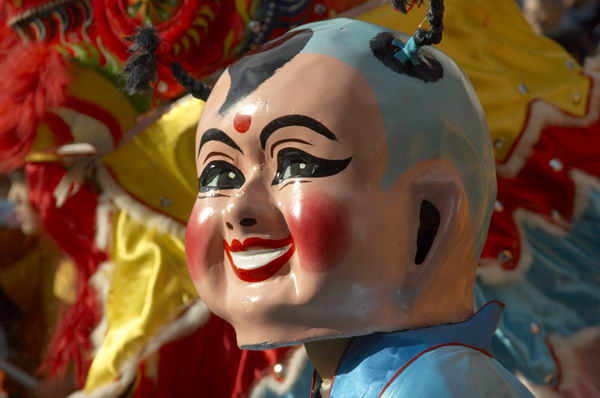
Sunday 13th February 2005 London was celebrating the Chinese New Year Of The Rooster which started the previous Wednesday. Happy 4702 to all. As a rooster myself I was pleased to read my horoscope for the coming year. Not that I believe such superstitions for a moment.

I used to enjoy the rather anarchic celebrations in Chinatown, but it’s now more of an ordeal, with far too many people coming in to watch and too much organisation.

Ken may be proud of having got something done about Trafalgar Square and be keen to have as many official events with various communities as possible, but it was better when various groups just did what they wanted to.

This year we had a procession down the Charing Cross Road with crowds penned behind barriers.

Spectacle rather than event. I did the official bit in Trafalgar Square last year – dotting the eyes on the dragons and all, decided to give it and those horribly ingratiating speeches from local dignitaries and politicians, all keen to say “Kung Hei Fat Choy!“, a miss.
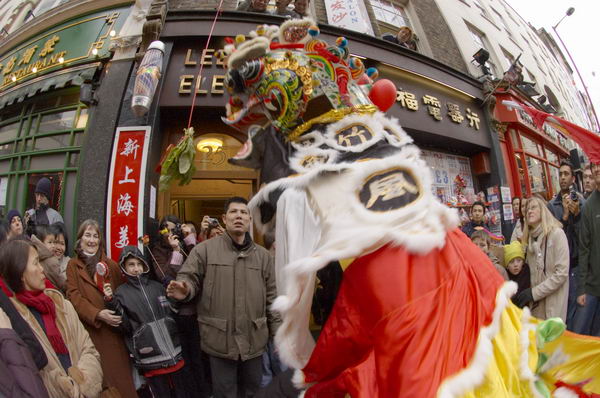
However, if developers Rosewheel get their way, Chinatown may not survive for much longer. Today in Chinatown things were much as before, swirling crowds and lots of excitement.
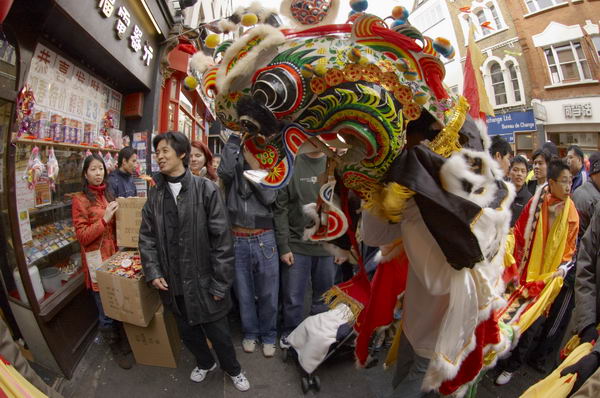
I joined them to photograph a couple of lions in action, then felt I’d had enough and went home.
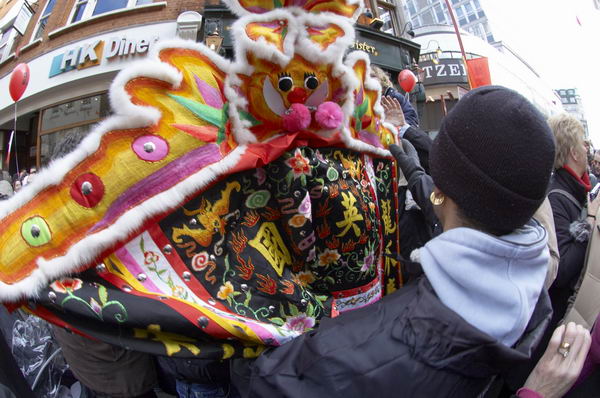
Many more pictures on My London Diary.
Flickr – Facebook – My London Diary – Hull Photos – Lea Valley – Paris
London’s Industrial Heritage – London Photos
All photographs on this page are copyright © Peter Marshall.
Contact me to buy prints or licence to reproduce.



